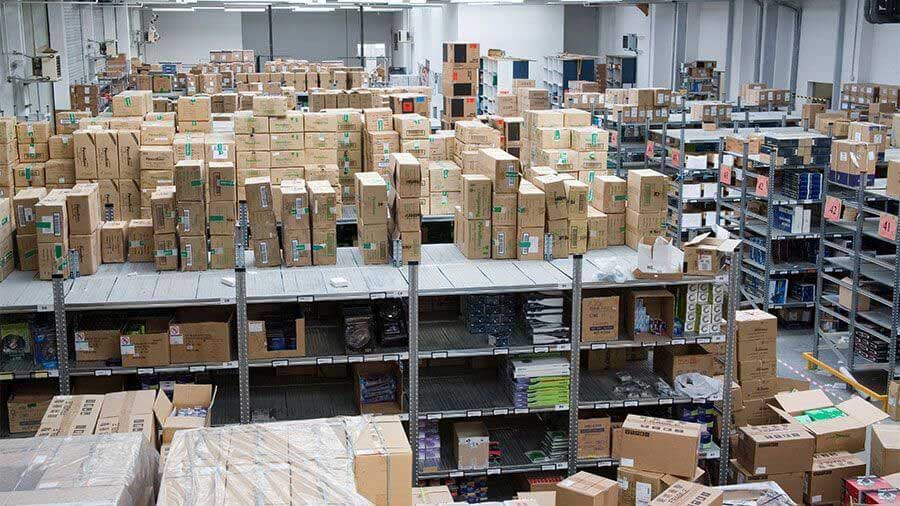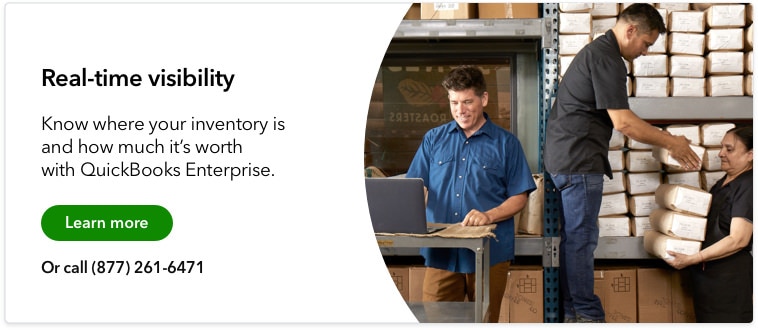Customers can use their laptops, tablets, and phones to buy what they desire 24 hours a day, and they expect you to have the product in stock. However, keeping products in stock, especially if they are particularly popular, can take a lot of work for retailers large and small.
This article will discuss what stockouts are and how to prevent them so you can keep your inventory levels high, your customers happy, and your revenue on the rise.
What are stockouts?
Plainly put, stockouts are when an item that a customer is looking to buy online or in-store is unavailable. This results in the item being out of stock (or OOS). Unlike products on backorder, out of stock items don’t typically have an expected availability date, signaling to the customer that they might have missed out on the opportunity to purchase.
The biggest problem with stockouts is customer dissatisfaction. They are looking for a specific item and want to order it from your business. Now that it’s out of stock, they will need to find another retailer and may never return to your site again, no matter what they’re looking for.
How do stockouts hurt your business?
As mentioned above, the most significant impact on your business is long-term customer loyalty and the ability to create and maintain customer relationships. While some customers may understand that the item they want is in high demand and, therefore, will be hard to find, they don’t always give grace to retailers suffering from an out-of-stock issue.
Stockouts can also result in negative reviews for your business from disgruntled customers who could not purchase the item they wanted. It can also lead to increased operational costs if you are forced to purchase inventory quickly simply to meet demand.
What are stockout costs?
Stockout costs refer to the actual cost of missing out on the sale of the out-of-stock item. Stockout costs can also refer to refunds that will need to be made based on customer orders. If there is a discrepancy between your counted inventory and your physical inventory and a customer has already ordered the product, there may be additional fees and time incurred to refund them.
What are the causes of stockouts?
There are four primary causes of stockouts to prepare your business for:
Supply chain delays
This has been a fact of life for many retailers in the past few years. The pandemic demonstrated in very real terms how much a supply chain disruption can impact sales and customer satisfaction.
Miscalculation of inventory
Human error is almost impossible to eradicate, even with the best training and employees. Simply pressing the wrong key on the keyboard could be the difference between 20 units and 200 units. If an error like this is made, it can also be hard to track down, causing it to impact your operations negatively.
Poor demand forecasting
Without a proper understanding of the supply and demand of your inventory, it can be easy to underestimate how much inventory you’ll need. Poor demand forecasting also leads to poor overall planning, which means even safety stock, the extra stock you keep on hand to avoid stockouts, is underestimated too.
Poor cash flow management
Sometimes stockouts are simply a result of a business not having enough money to purchase more inventory. If there’s no money in the bank, there’s no way to replenish your most sought-after products and maintain customer satisfaction. Having enough working capital at your disposal to keep your operation running should be one of your highest priorities. It also offers a better guarantee that you’ll be able to meet customer demand as well.
5 Ways to Prevent stockouts
Here are five of the most common ways to prevent stockouts:
Conduct regular inventory audits
Knowing your inventory counts in your warehouse is a crucial part of preventing stockouts. If you have a lot of SKUs, cycle counts make it easier to spot discrepancies since the inventory is counted in batches and not all at once. Miscounts can easily be identified and fixed with regular stock counts.
These audits can also prevent overstocks by keeping a running count of the inventory you have available and can provide benchmarks for reorder points. Additionally, in-store inventory should be conducted on a similar schedule if you operate any retail locations.
Determine your safety stock amount
As mentioned above, safety stock is an extra amount of inventory you order to avoid out-of-stock scenarios. To learn how to calculate how much safety stock you should carry, read our guide to the safety stock formula.
It’s important to note that safety stock should be adjusted based on seasonality and other sales metrics you may have noticed in your overall reporting.
Accurate demand forecasting
Your goal with demand forecasting is to get to a point where you don’t need to worry about your safety stock levels, because you know that you have accurately forecasted demand.
Demand forecasting takes a more holistic view of your inventory needs over a set time period, and helps to pinpoint what you’ll need and when. For example, an ecommerce retailer that sells ski equipment has a much higher demand in the fall and winter than spring and summer. It makes more sense for this retailer to ramp up their purchasing during their slow seasons to have the inventory they need when they need it.
Analyze your supply chain
Depending on how hard or easy it is to get your products when you need them, it might be time to take a closer look at your supply chain and vendors. Consider the vendors who have delays or underdeliver.
Are there other manufacturers where you can get the same product on a more reliable schedule? These are not the easiest questions to answer, but understanding your supply chain is one of the best ways to maintain its efficiency and make changes before you hit any significant hiccups.
Invest in inventory management software
The best solution will provide real-time tracking of current stock levels, prompt your team to conduct scheduled inventory audits, send replenishment updates when stock is running low, and much more.
Additionally, having all your inventory information accessible on one dashboard lets your team quickly run reports on supply chain efficiency, average daily SKU usage, and seasonality. With this reporting on inventory data, you can optimize your supply chain, set up stock alerts, and streamline the rest of your inventory processes.
How QuickBooks Enterprise helps to prevent stockouts
QuickBooks Enterprise tracks the data your business needs to prevent stockouts and keep your shelves full. With multiple ways to track inventory in real-time and the ability to set automatic reorder points, you can ensure your customers will be satisfied with their buying experience.
With multi-level inventory categorization and the ability to track inventory your way, your team will be able to find items quickly, fix inventory counts, and reduce errors. The right tools will enable your team to profitably manage your inventory and satisfy customer demand.
Final thoughts
Stokcouts prevent your customers from getting the product they want when they want it. This can lead to negative reviews, lost revenue and a poor customer experience. While managing all the different aspects of your inventory can be challenging, the right inventory management solution gives you the tools to give your customers what they want.













